Native American history is often misunderstood, and so much of it is left untold. Many of the stories and achievements of Native American tribes don’t get the attention they deserve, leaving us with gaps in our understanding. The facts in this list aim to highlight some of the most surprising and little-known truths about the people who shaped the land long before settlers arrived and whose influence is still felt today.
As we take a closer look at these facts, we begin to realize how much more there is to learn about Native American cultures, histories, and contributions. From the diversity of tribes to their incredible resilience, these insights challenge common misconceptions and open our eyes to a richer, more complex history. It’s time to reconsider what we know and appreciate the lasting legacy of Native American peoples.
The Oldest Known Petroglyphs
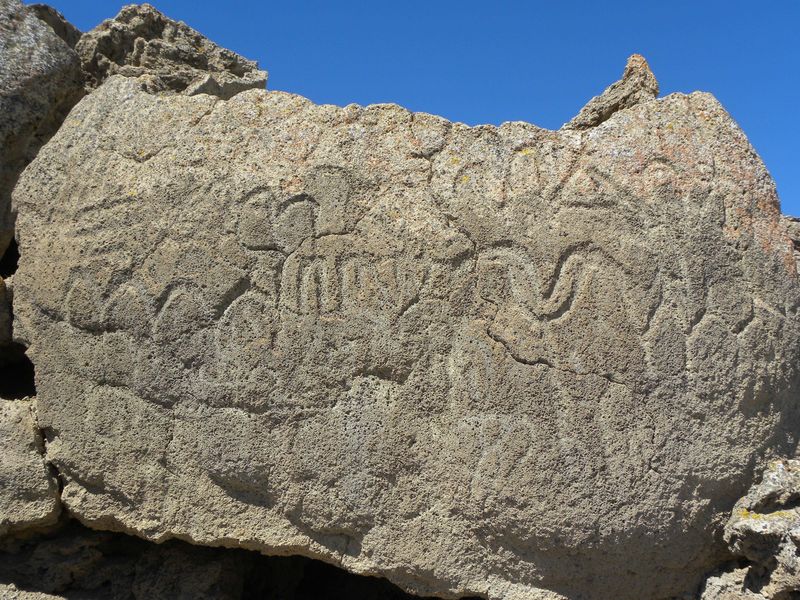
The oldest known petroglyphs in North America are located at Winnemucca Lake, Nevada, dating back at least 10,000 years. These ancient carvings provide insight into the early inhabitants’ communication methods and artistic expressions. The intricate designs, etched onto the stone surfaces, depict various symbols and figures that continue to intrigue archaeologists and historians alike.
This extraordinary discovery underscores the rich cultural history and creativity of the early Native American communities. Such petroglyphs serve as vital links to understanding the spiritual and societal aspects of these ancient cultures, offering a glimpse into a world long before modern civilization.
The Cherokee Writing System
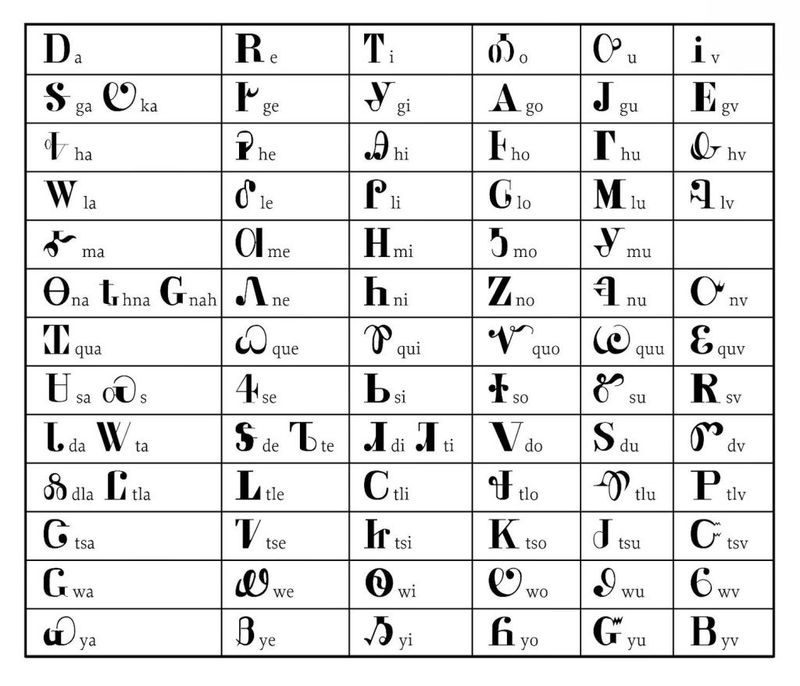
The Cherokee writing system, created by Sequoyah in the early 19th century, revolutionized literacy among the Cherokee people. Unlike other native languages, the Cherokee syllabary allowed for widespread communication and documentation of their history. This remarkable achievement empowered the Cherokee to produce newspapers and books in their own language.
By preserving their stories, laws, and culture in written form, the Cherokee strengthened their community identity. Sequoyah’s contribution remains a testament to the resilience and ingenuity of Native American societies, showcasing their ability to adapt and thrive amidst changing circumstances and external pressures.
Pocahontas’ Real Legacy
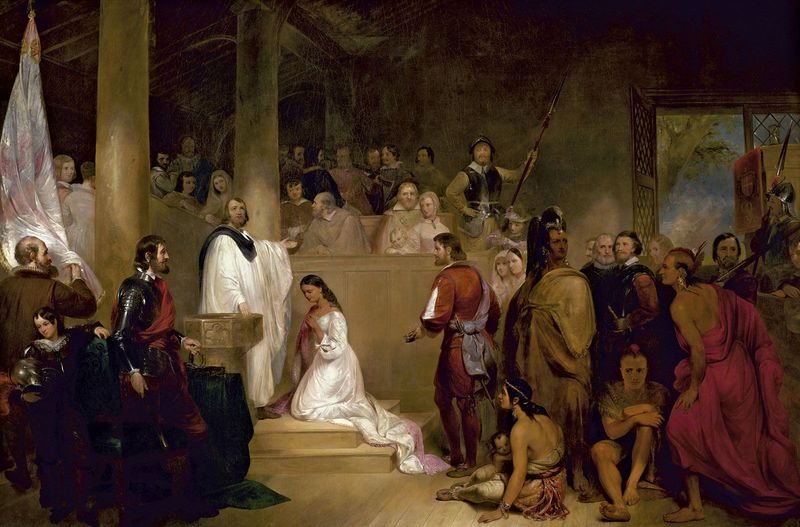
Pocahontas, a prominent Powhatan figure, is often remembered for her association with the English settlers in Jamestown. However, her real legacy lies in her role as a cultural bridge between her people and the settlers. Her marriage to John Rolfe symbolized a period of relative peace and cooperation.
Unfortunately, popular narratives have romanticized her story, overshadowing her true contributions. Pocahontas’ journey to England and her efforts to foster dialogue demonstrate her diplomatic skills and commitment to her people. Her life continues to inspire discussions about cultural exchange and the complexities of colonial history.
The Navajo Code Talkers
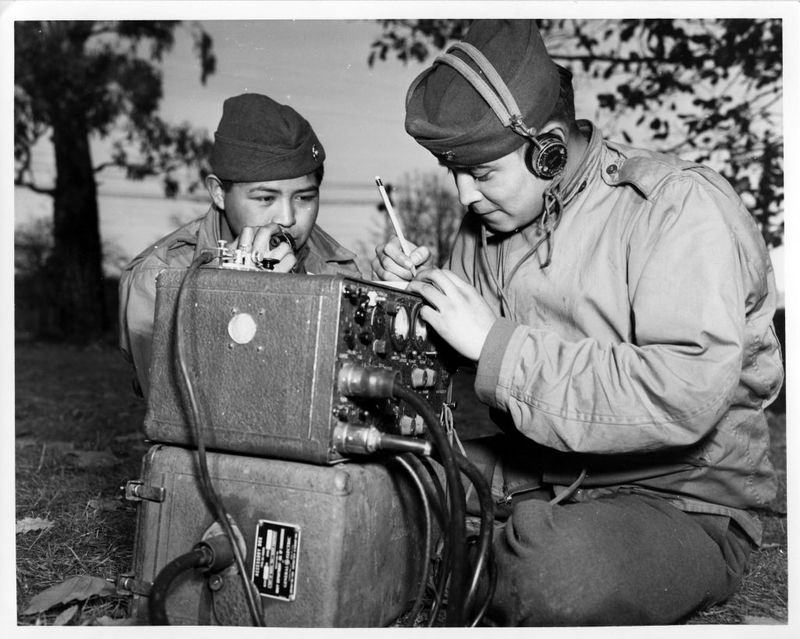
The Navajo Code Talkers played a crucial role in the Pacific Theater during World War II. Their unique code, based on the Navajo language, proved unbreakable by enemy forces, providing the U.S. military with a significant advantage. These brave individuals used their linguistic skills to transmit vital information, ensuring a secure line of communication.
Their contributions were instrumental in several key battles, ultimately aiding in the Allied victory. The Navajo Code Talkers’ legacy highlights the strategic importance of Native American languages and the invaluable role these communities played in shaping global history.
The Iroquois Confederacy
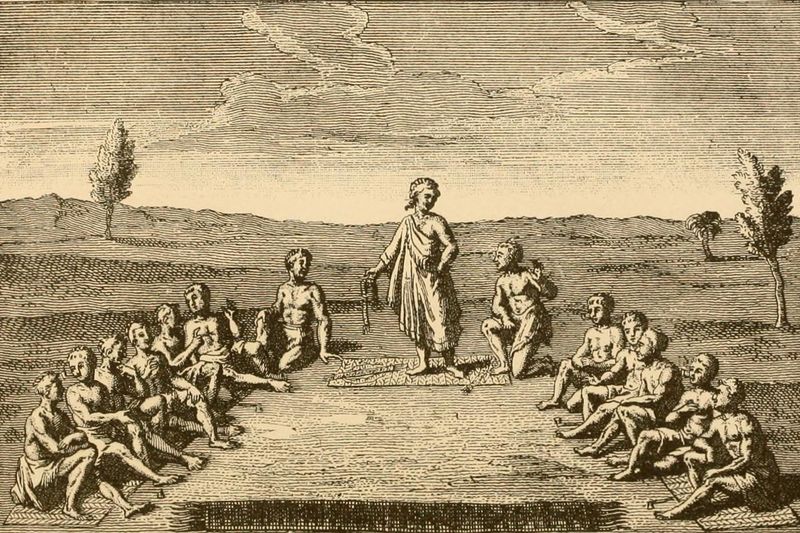
The Iroquois Confederacy, also known as the Haudenosaunee or Six Nations, was a sophisticated governance system that influenced the U.S. Constitution. Comprising the Mohawk, Oneida, Onondaga, Cayuga, Seneca, and later the Tuscarora, it united these tribes in a collaborative alliance.
Their principles of democracy, consensus-building, and federalism provided a model for the founding fathers. The Confederacy’s structure empowered member tribes to maintain autonomy while working together on common issues. This innovative governance remains a remarkable example of political wisdom and cooperation in Native American history, continuing to inspire modern political systems.
The Trail of Tears
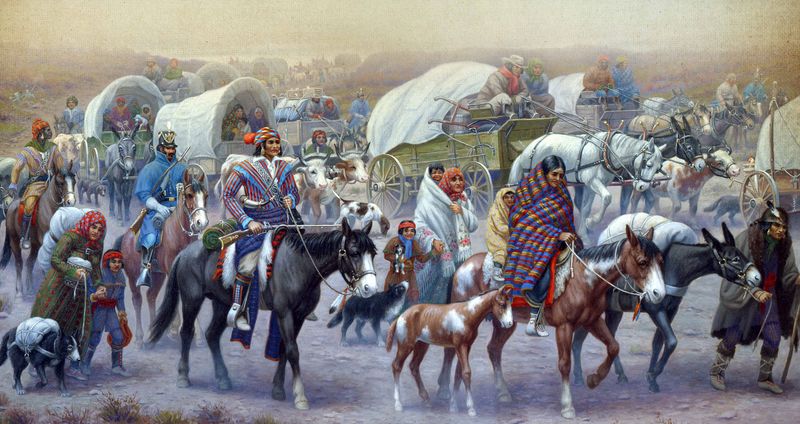
The Trail of Tears refers to the forced relocation of the Cherokee people in the 1830s, a tragic chapter in Native American history. Under the Indian Removal Act, thousands were compelled to leave their ancestral lands, leading to immense suffering and loss of life.
This arduous journey, marked by disease, starvation, and harsh weather, exemplifies the resilience and endurance of the Cherokee. Despite these hardships, they rebuilt their communities, preserving their culture and identity. The Trail of Tears remains a powerful reminder of the injustices faced by Native Americans and their unwavering spirit in overcoming adversity.
The Ghost Dance Movement
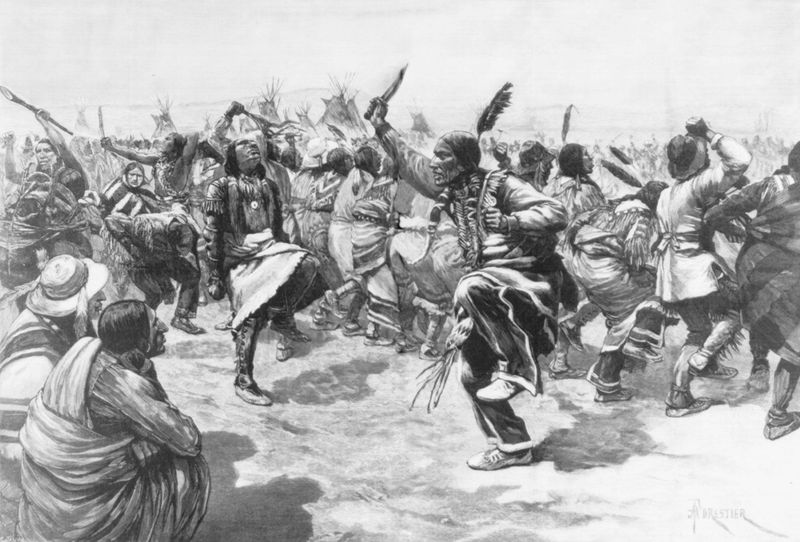
The Ghost Dance Movement emerged in the late 19th century as a spiritual revival among Native American tribes. Wovoka, a Paiute prophet, envisioned a world in which colonial oppression would end, and Native Americans could reclaim their lands and way of life.
This movement spread rapidly, promoting unity and hope among tribes facing immense challenges. Despite its peaceful intentions, it was met with fear and hostility by U.S. authorities, culminating in the massacre at Wounded Knee. The Ghost Dance symbolizes the enduring spirit and resistance of Native Americans, highlighting their ongoing struggle for sovereignty and cultural preservation.
The First Native American Astronaut
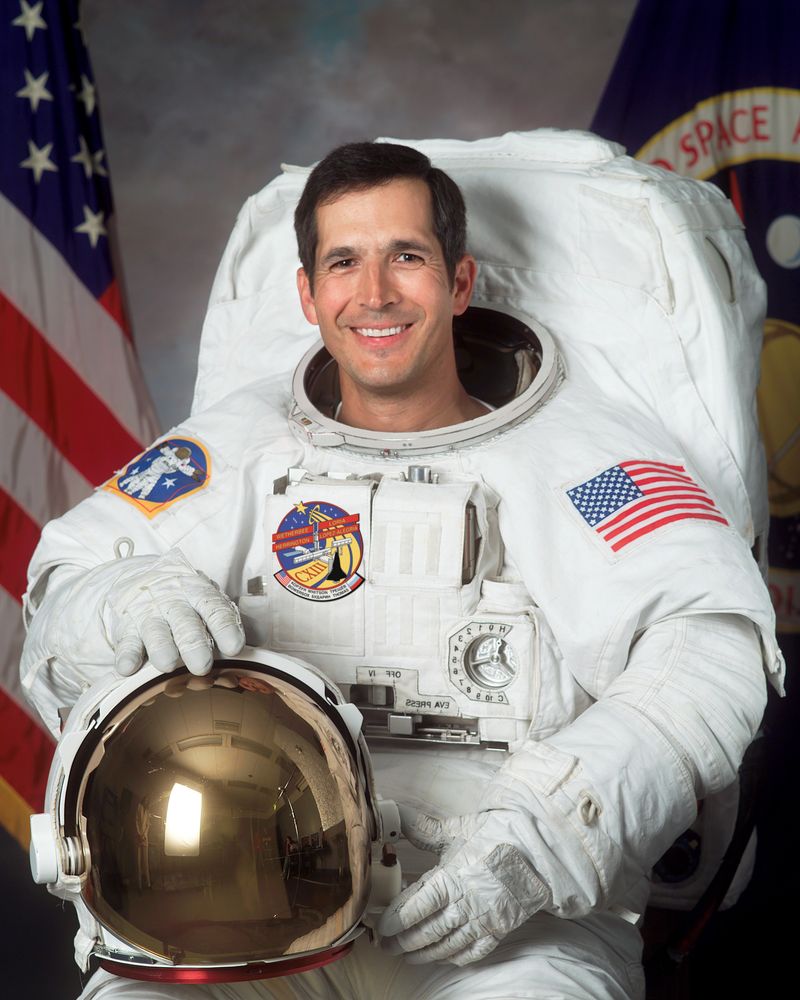
John Herrington made history as the first Native American astronaut, representing the Chickasaw Nation. Selected by NASA in 1996, he flew aboard the Space Shuttle Endeavour in 2002. His mission included three spacewalks, where he conducted vital repairs on the International Space Station.
Herrington’s achievement exemplifies the contributions of Native Americans to science and exploration. His journey to space serves as an inspiration for future generations, proving that barriers can be broken regardless of background. By reaching for the stars, Herrington has paved the way for others to follow in his footsteps, showcasing the potential within Native communities.
The Ancient City of Cahokia
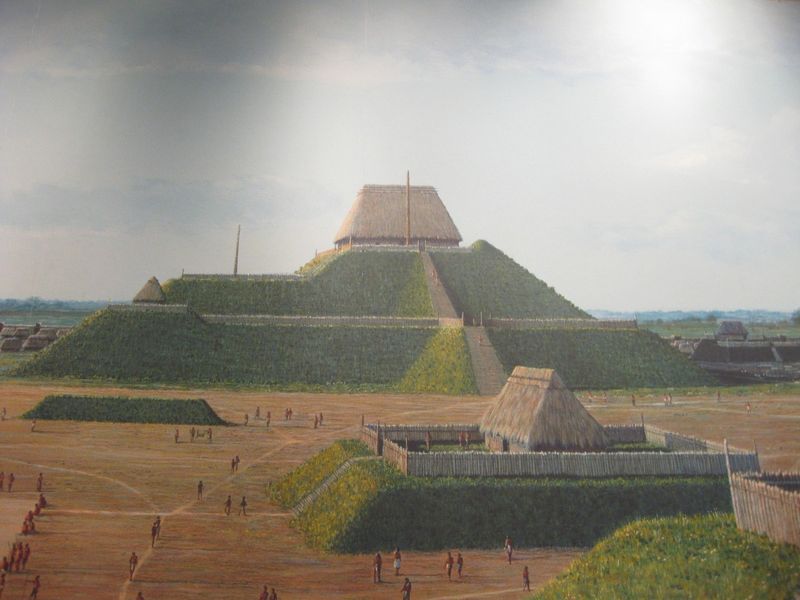
Cahokia, located near present-day St. Louis, was the largest and most complex pre-Columbian city north of Mexico. At its peak around 1050-1350 AD, it was home to tens of thousands of people. The city’s layout included massive earthen mounds, plazas, and wooden palisades, reflecting sophisticated urban planning.
Cahokia’s influence extended across the region, connecting various indigenous groups through trade and cultural exchange. The city’s decline remains a mystery, but its legacy endures as a testament to the ingenuity and diversity of Native American societies. Cahokia continues to captivate historians and archaeologists, revealing new insights into ancient urban life.
The Totem Poles of the Pacific Northwest
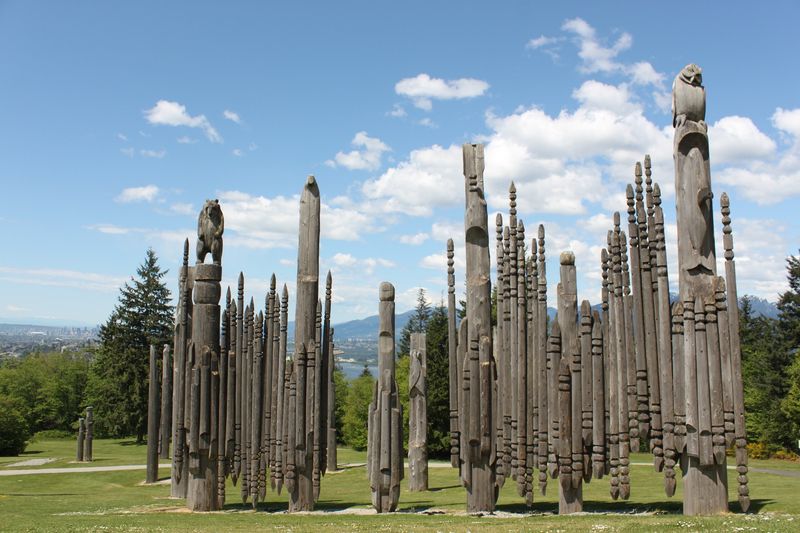
Totem poles, iconic symbols of the Pacific Northwest, are intricately carved wooden structures that represent the culture and stories of indigenous peoples in the region. Created by tribes like the Haida, Tlingit, and Kwakiutl, each pole tells unique stories through symbols and figures.
These poles serve as historical records, celebrating lineage, achievements, and significant events. Beyond their artistic value, totem poles hold profound spiritual significance, connecting communities to their ancestors and the natural world. The tradition of totem pole carving is a vibrant expression of cultural identity, resilience, and continuity, preserving indigenous heritage for future generations.
The Native American Influence on Modern Agriculture
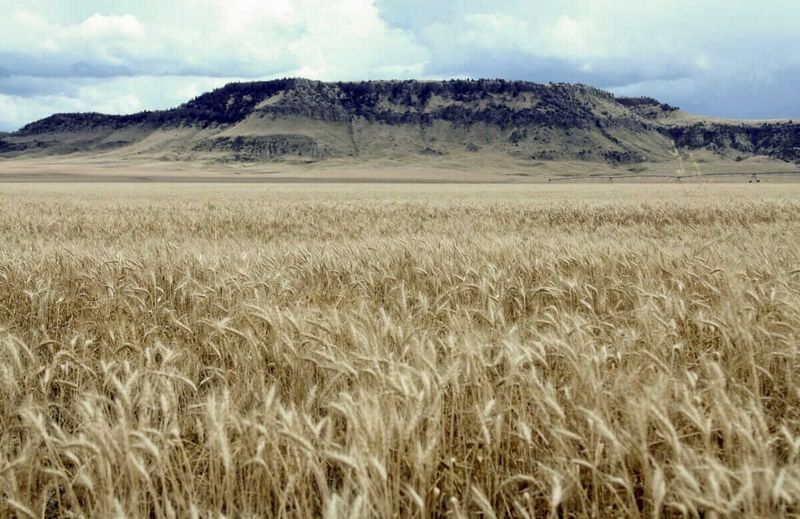
Native American agricultural practices have significantly influenced modern agriculture, with crops like corn, beans, and squash forming the backbone of global food systems. These “Three Sisters” were cultivated together, supporting each other’s growth and maintaining soil health.
Such sustainable practices showcase the deep understanding Native Americans had of ecological balance. Their innovative techniques, like crop rotation and companion planting, continue to shape contemporary farming. By honoring indigenous agricultural wisdom, modern societies can learn valuable lessons in sustainability and environmental stewardship. These contributions highlight the lasting impact of Native American innovation on the world’s food security and health.
The Rediscovery of the Hopewell Culture
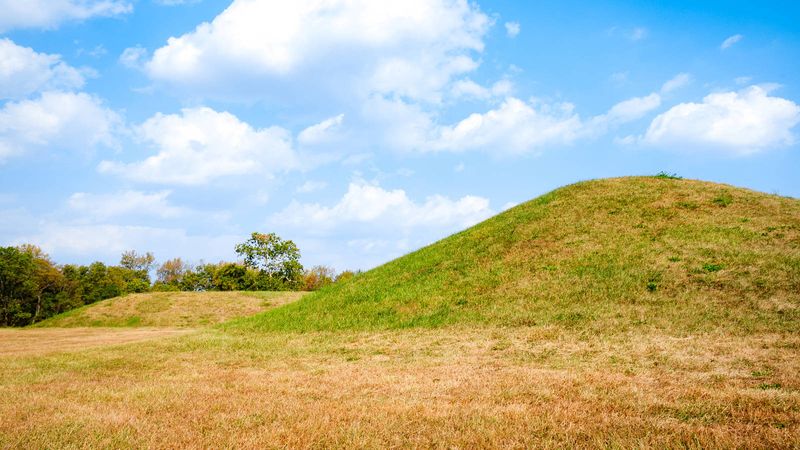
The Hopewell culture, thriving from 200 BC to 500 AD, is renowned for its monumental earthworks and elaborate burial mounds. Rediscovered in the 19th century, these ancient structures in the Ohio Valley revealed a complex society with extensive trade networks.
The Hopewell people crafted intricate artifacts from materials like copper, mica, and obsidian, indicating a vast exchange system. Their ceremonial sites, with geometric precision, reflect sophisticated engineering and spiritual beliefs. The Hopewell culture’s rediscovery has enriched our understanding of pre-Columbian history, illustrating the diversity and interconnectedness of Native American societies long before European contact.
Tecumseh’s Vision for Unity
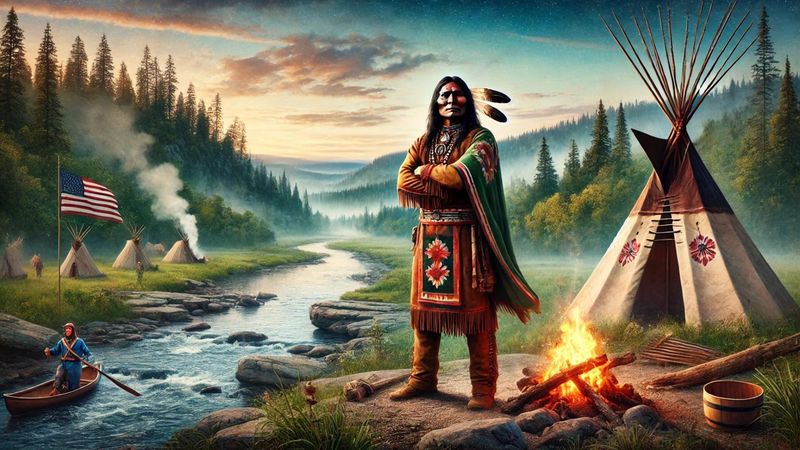
Tecumseh, a Shawnee leader, sought to unite Native American tribes in response to increasing encroachment on their lands. His vision emphasized solidarity against European settlers, advocating for a confederation that transcended tribal divisions.
Tecumseh’s charismatic leadership and eloquence inspired many to join his cause, though his efforts ultimately faced challenges. Despite setbacks, his legacy endures as a symbol of resistance and unity. Tecumseh’s dream of pan-tribal cooperation highlights the ongoing struggle for indigenous sovereignty and self-determination, reminding us of the power of collective action in the face of adversity.
Native American Contributions to Medicine
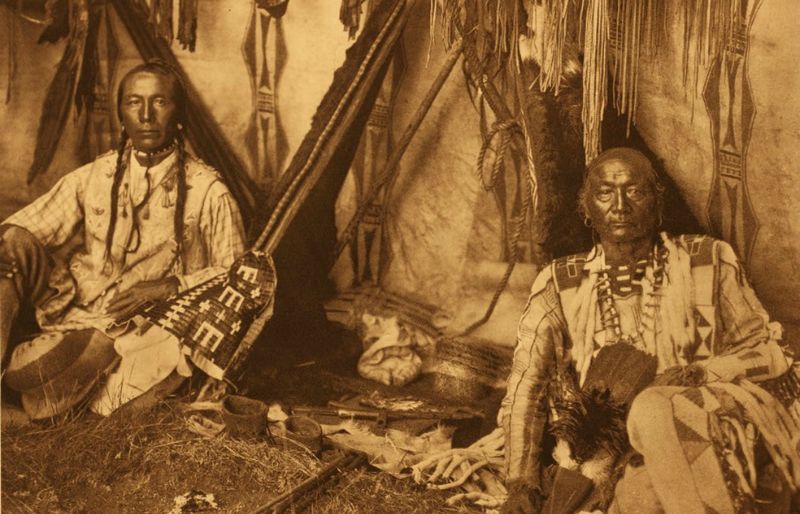
Native American contributions to medicine have been profound, with traditional knowledge influencing modern healthcare. They utilized a variety of natural remedies, derived from plants and herbs, to treat ailments and promote wellness. This holistic approach, emphasizing balance and harmony, resonates with contemporary health practices.
Many of their medicinal plants, such as echinacea and willow bark, are still in use today. By integrating indigenous wisdom with modern medicine, there’s potential for new breakthroughs in health and healing. These contributions underscore the value of diverse cultural perspectives in advancing medical knowledge and improving human well-being.
The Impact of Boarding Schools
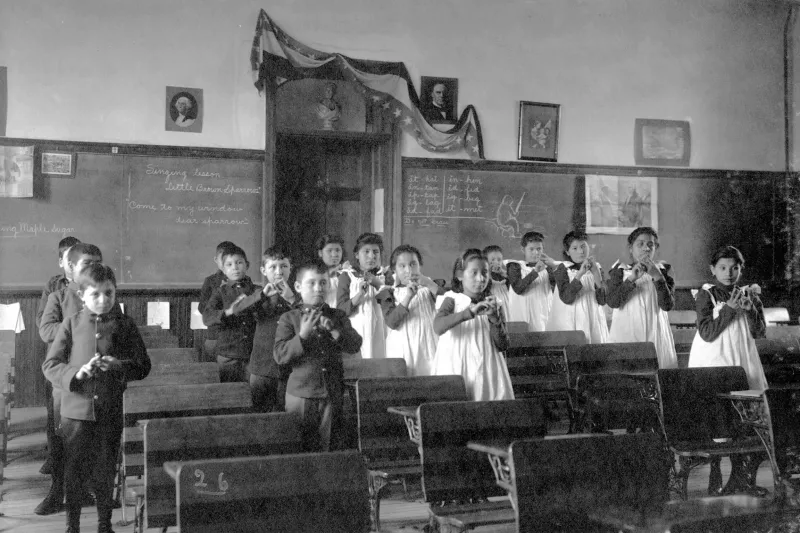
The impact of boarding schools on Native American communities has been profound and lasting. Established in the 19th century, these institutions aimed to assimilate indigenous children by eradicating their cultural identities. Students were often prohibited from speaking their languages or practicing traditions.
This forced assimilation led to loss of cultural heritage and deep psychological scars. Many survivors and their descendants continue to grapple with the effects of this traumatic history. The boarding school experience serves as a poignant reminder of the resilience of Native American communities and their ongoing efforts to reclaim and revitalize their cultural identities.
The Clovis Culture Mystery
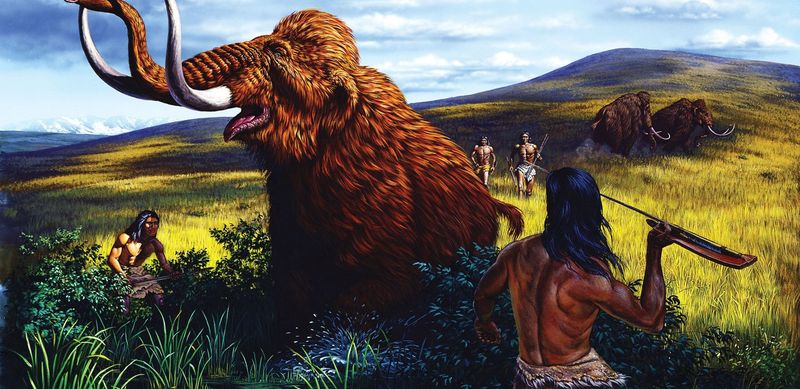
The Clovis culture, dating back around 13,000 years, is one of North America’s earliest known civilizations. Renowned for their distinctive stone tools, the “Clovis points,” these early inhabitants have intrigued archaeologists for decades. Their sudden disappearance remains one of history’s great mysteries.
The Clovis people were highly skilled hunters, primarily targeting large game like mammoths. Their advanced tool-making techniques highlight a sophisticated understanding of their environment. The mystery surrounding their decline fuels ongoing research, offering insights into human migration and adaptation. The Clovis culture continues to captivate scientists, revealing clues about the dawn of human history in the Americas.
The Longest Native American Artwork
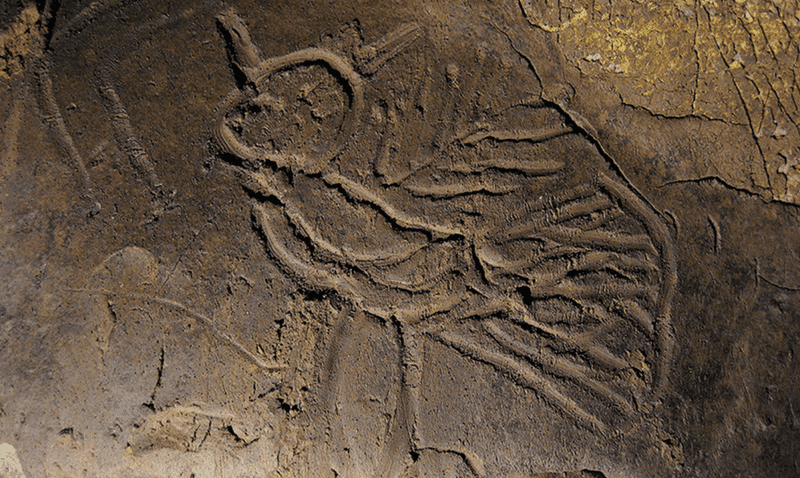
The Great Serpent Mound in Ohio is the longest effigy mound in the world, stretching over 1,300 feet. This ancient earthwork, shaped like a serpent, has intrigued researchers and visitors with its enigmatic design. Believed to be constructed by the Adena or Fort Ancient cultures, its purpose remains a mystery.
Some theories suggest it was used for ceremonial or astronomical purposes, reflecting the builders’ sophisticated understanding of their environment. The Serpent Mound stands as a testament to the artistic and engineering prowess of its creators, offering a captivating glimpse into the spiritual and cultural life of ancient Native Americans.
The First Native American Film Director
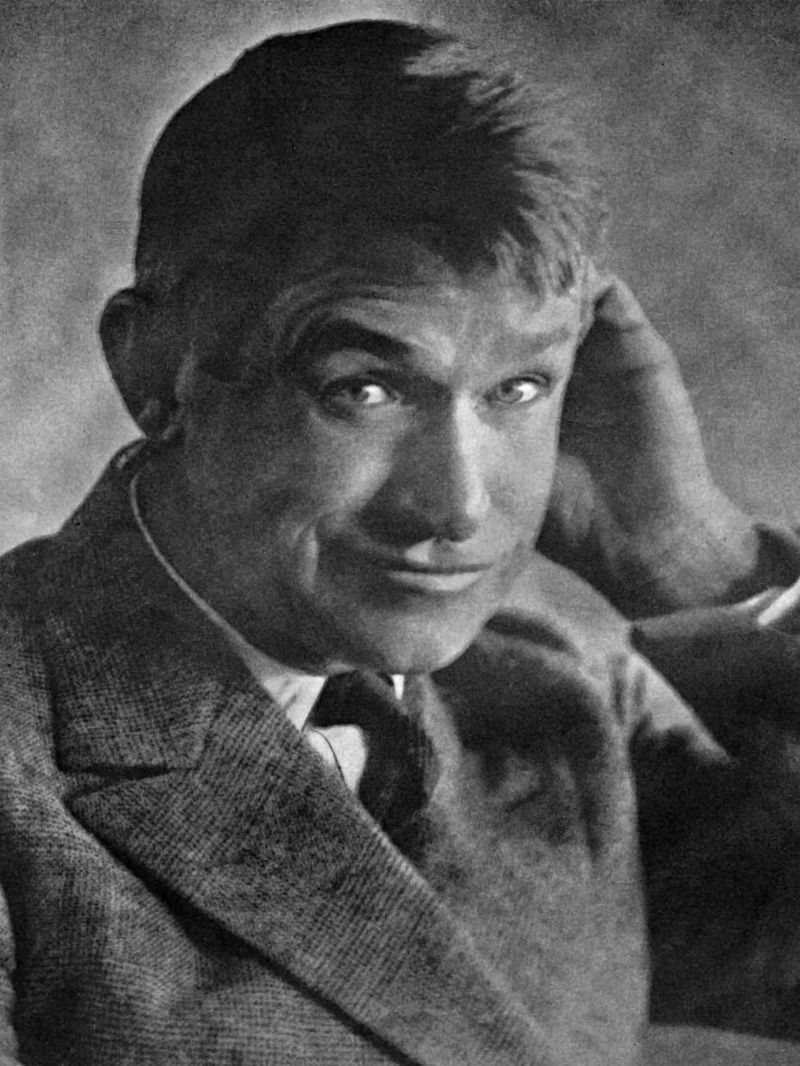
Will Rogers, a Cherokee, is celebrated as one of the first Native American film directors. Known for his wit and humor, Rogers made significant contributions to early Hollywood, both in front of and behind the camera. His work bridged cultural gaps, bringing Native American perspectives to mainstream audiences.
Rogers’ films often highlighted social issues and human stories, resonating with diverse viewers. As a pioneering figure, he paved the way for future Native American filmmakers, advocating for authentic representation in media. Rogers’ legacy endures, inspiring artists to tell stories that reflect the richness and diversity of indigenous experiences.
